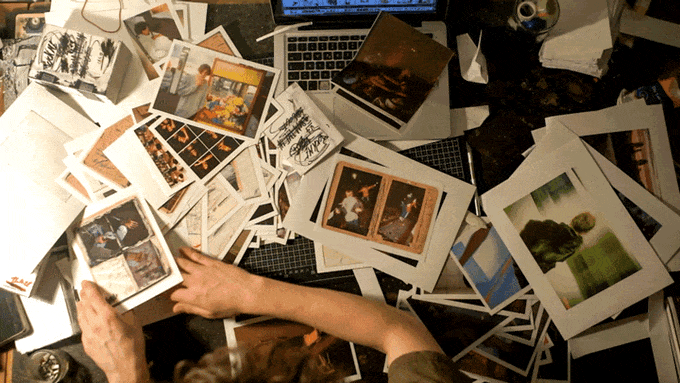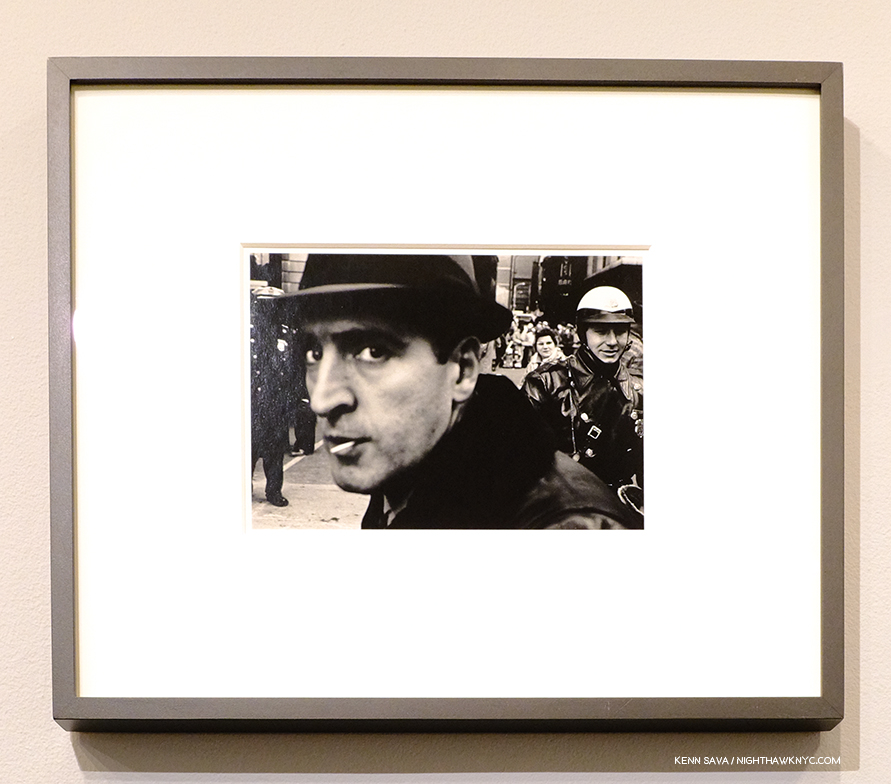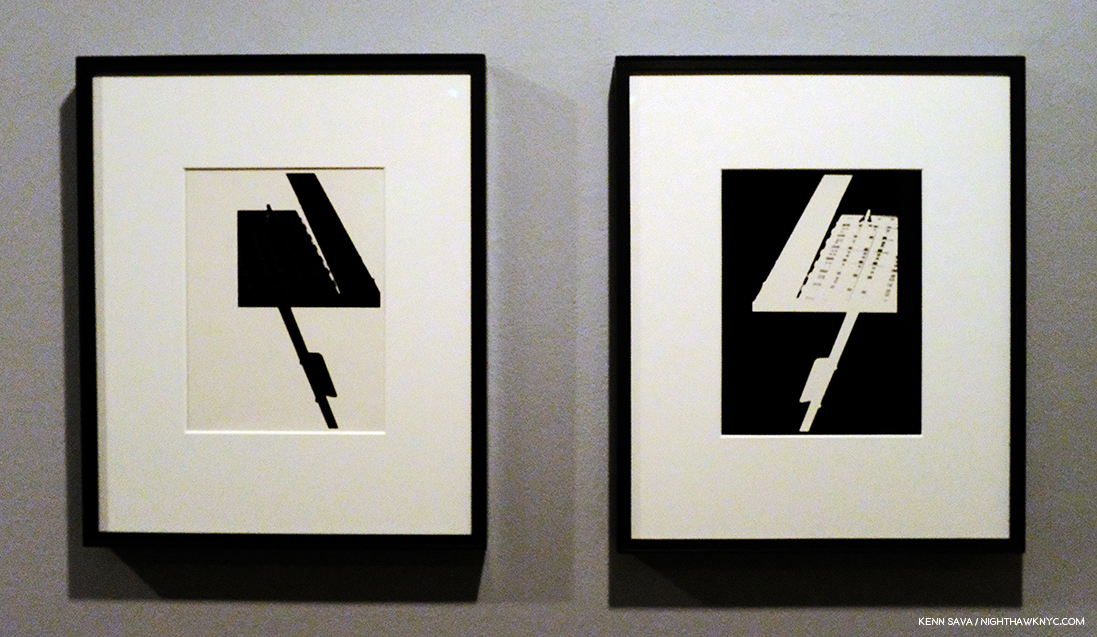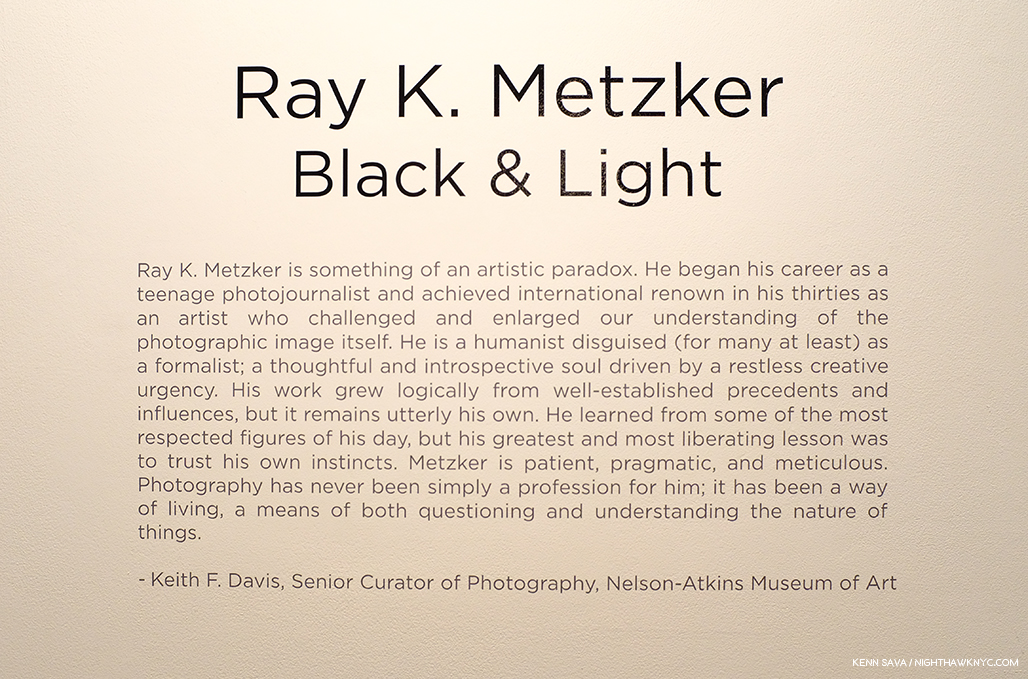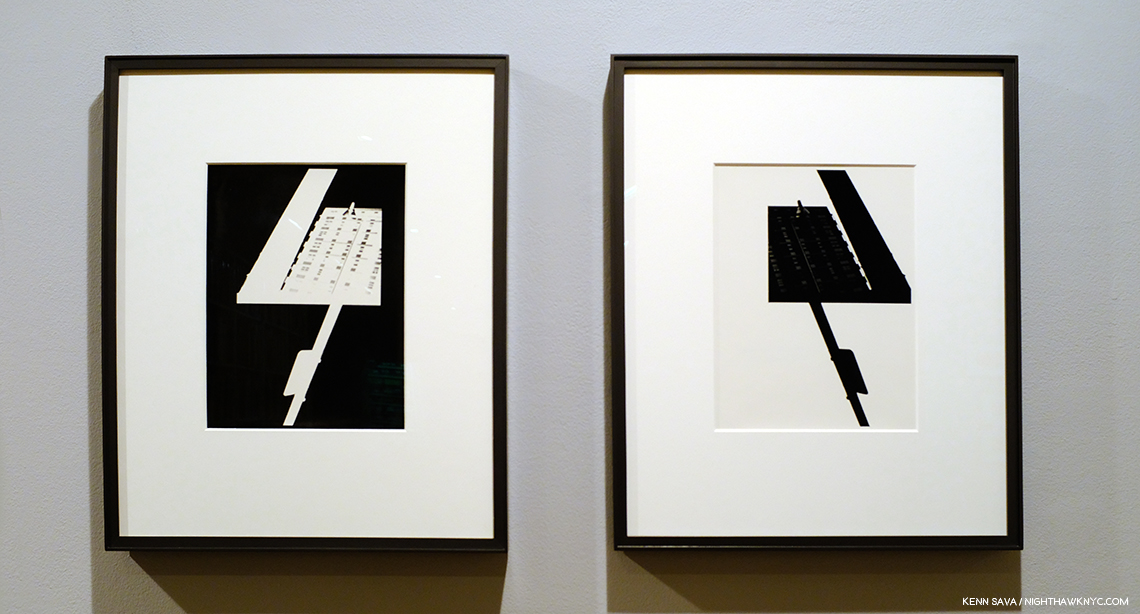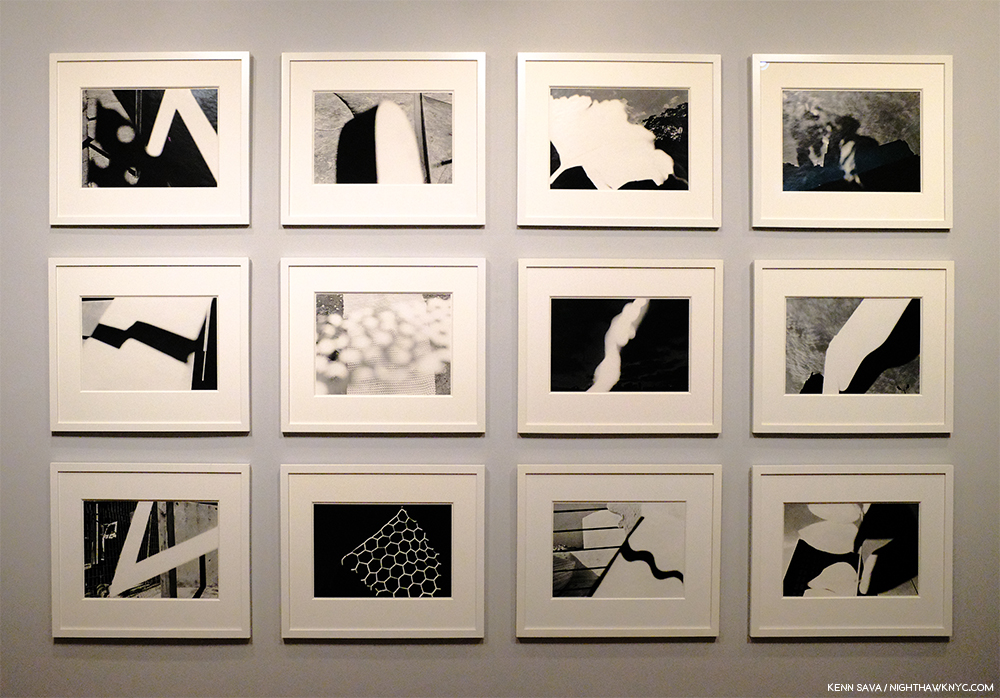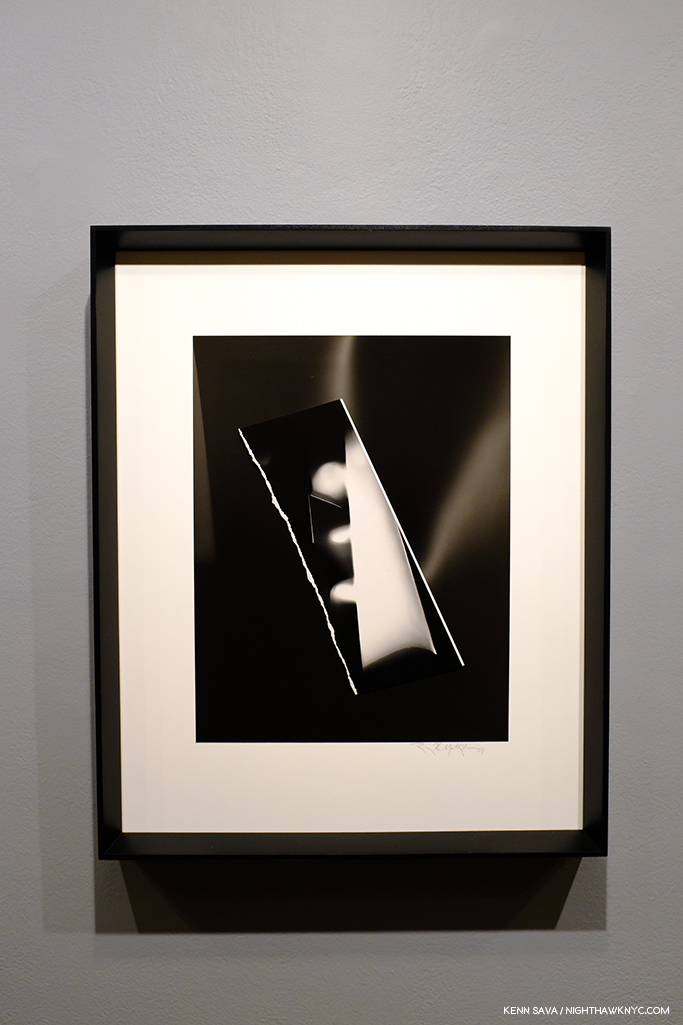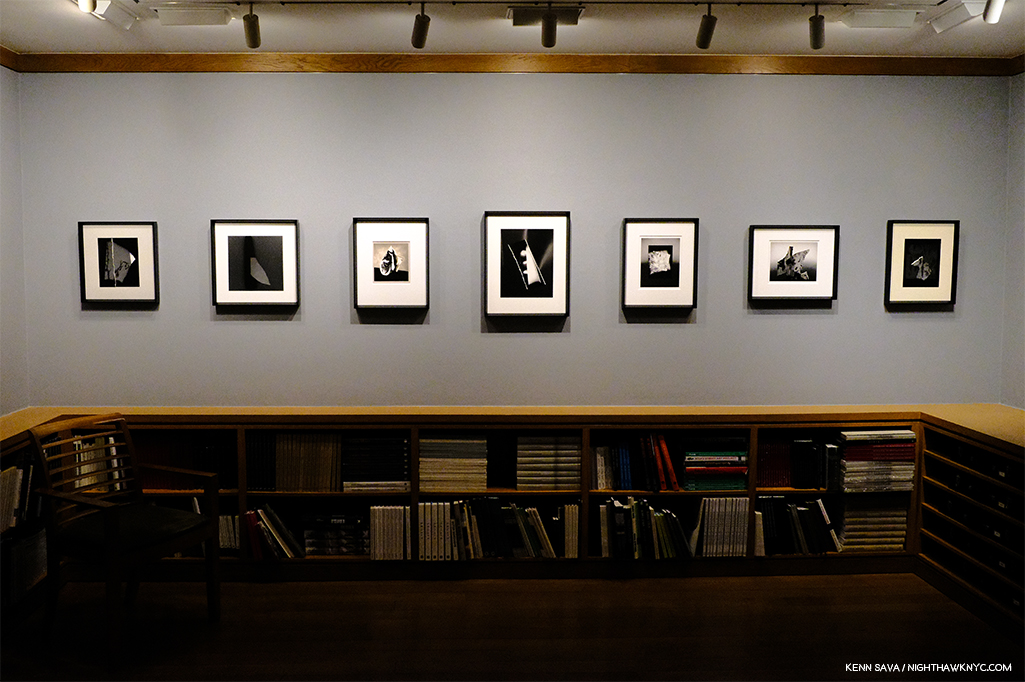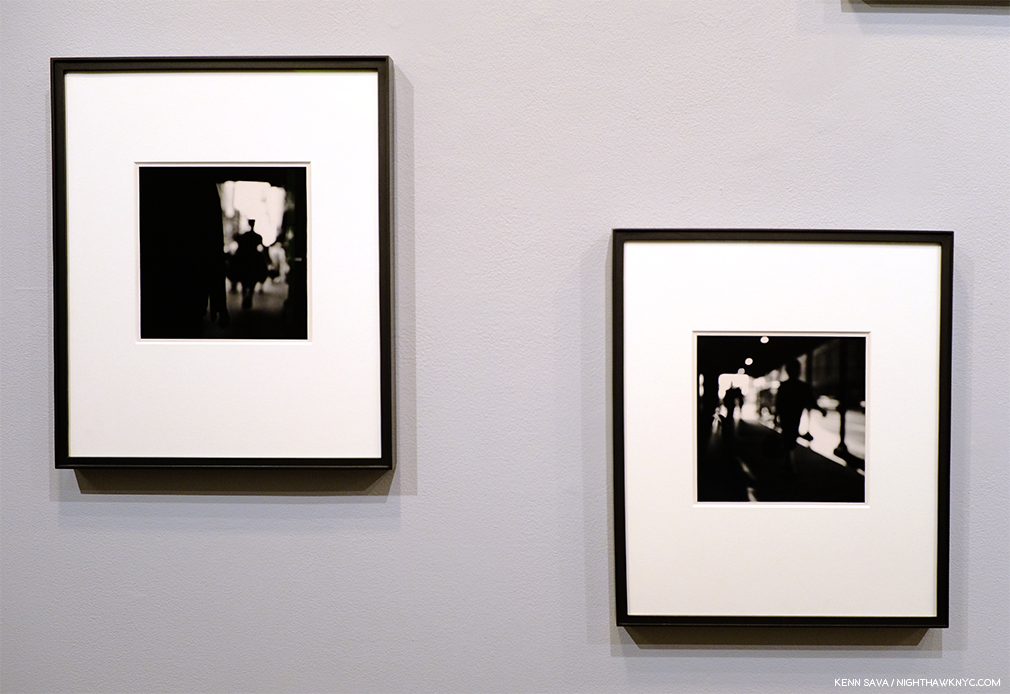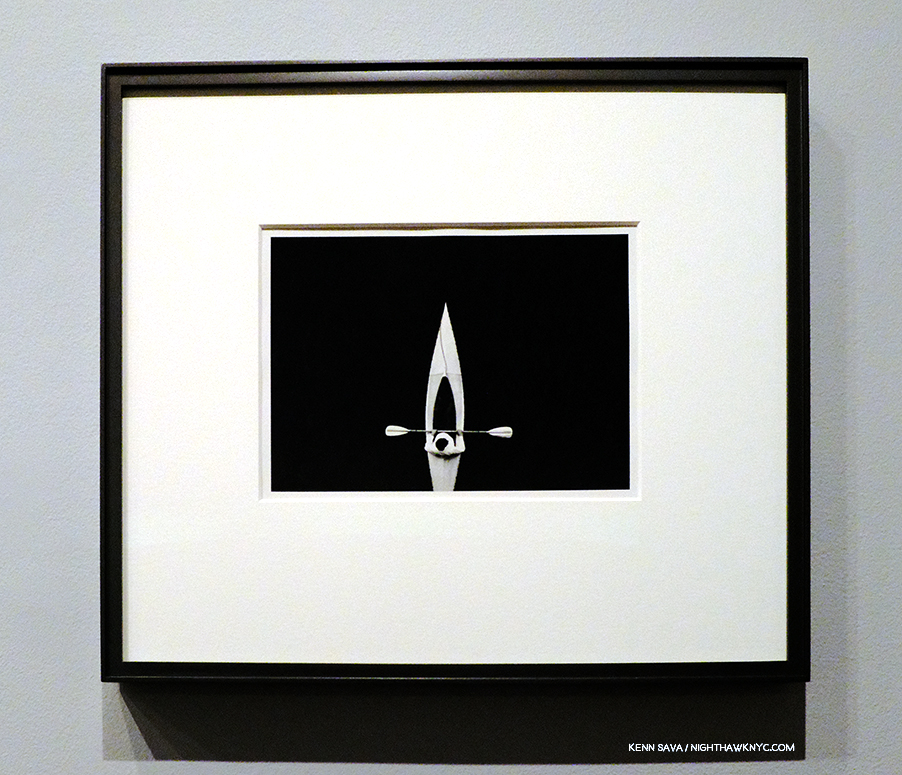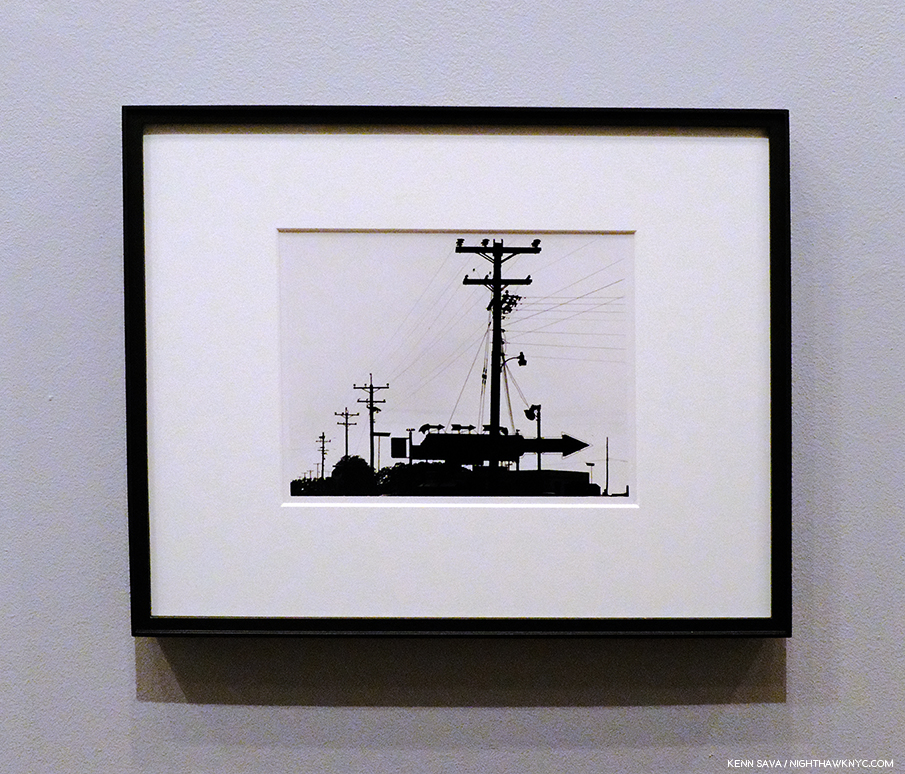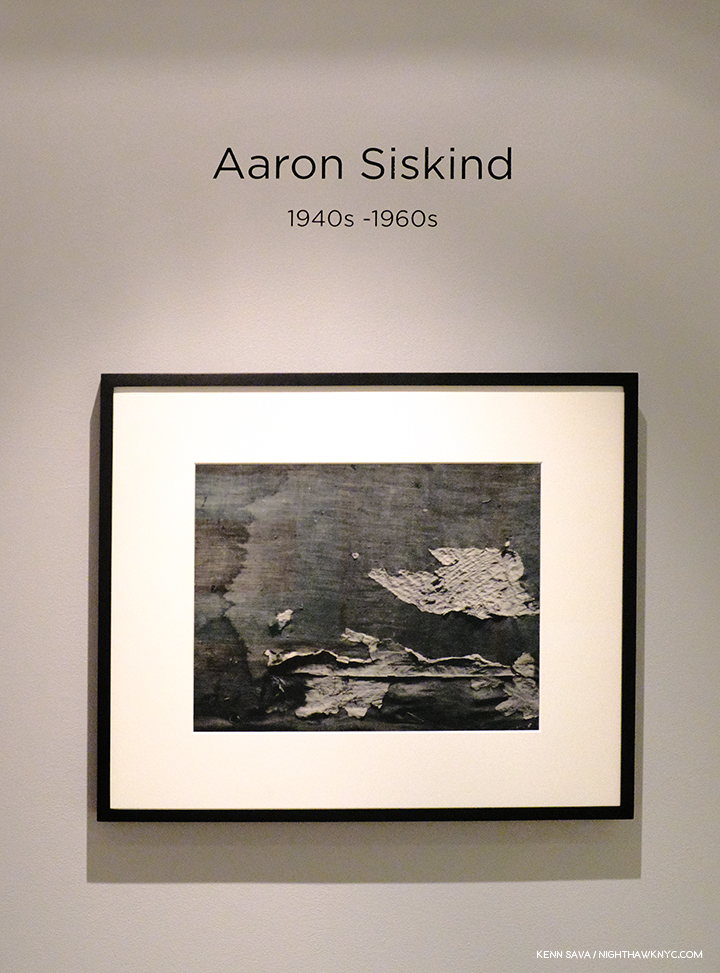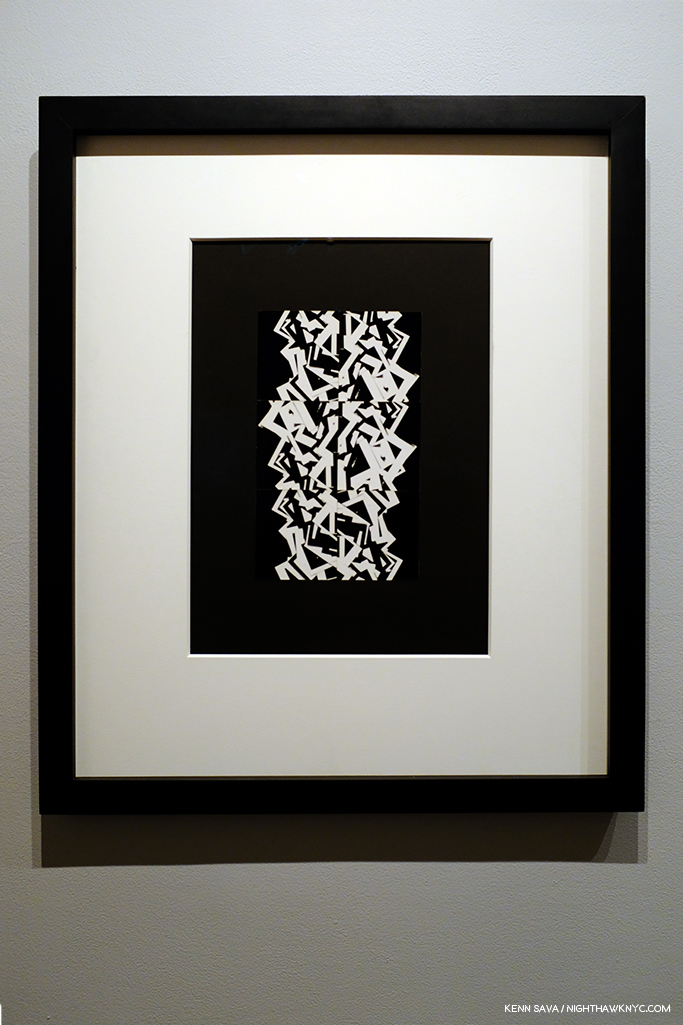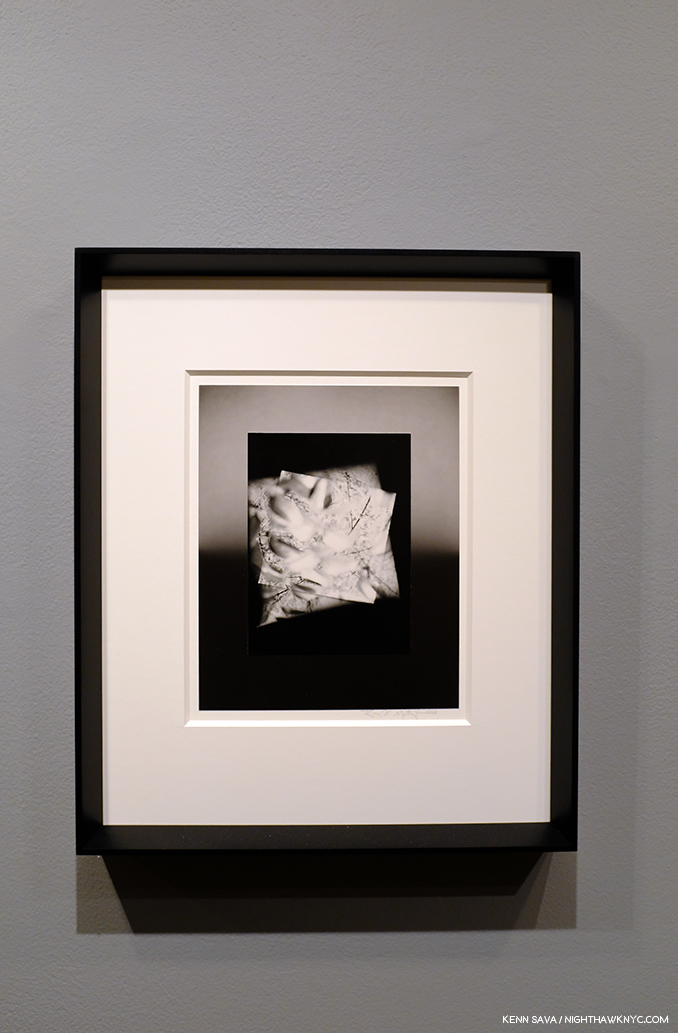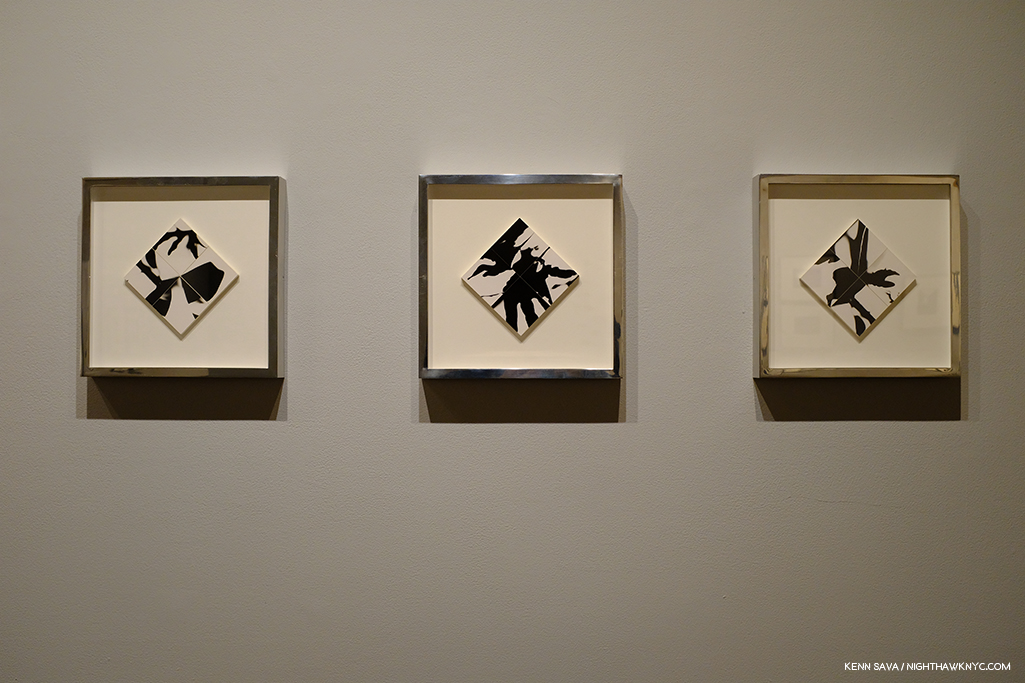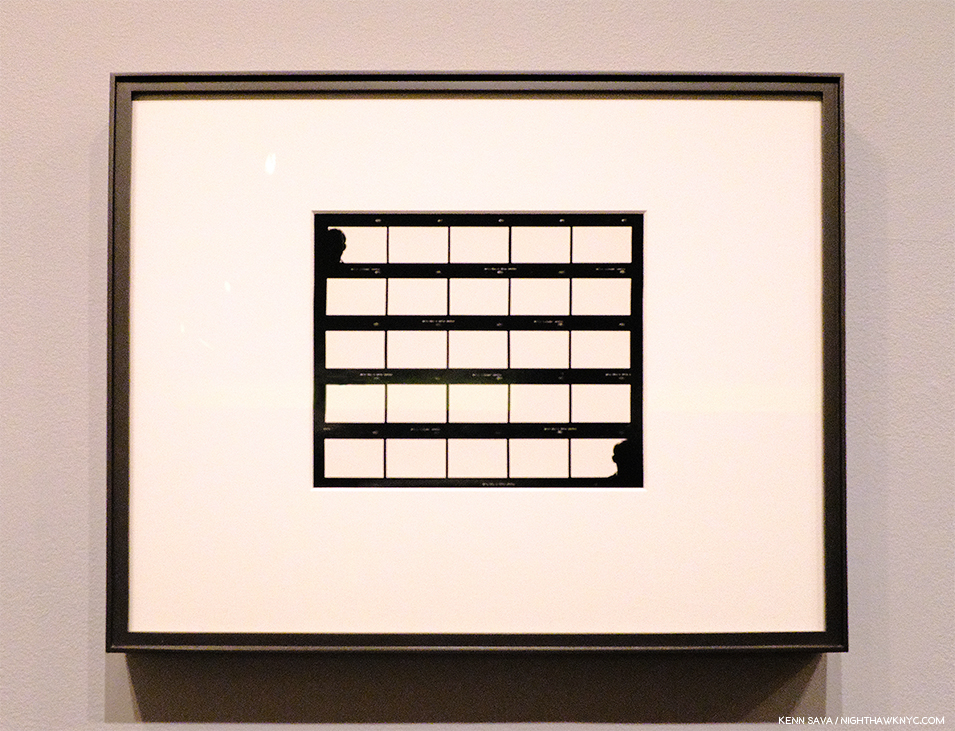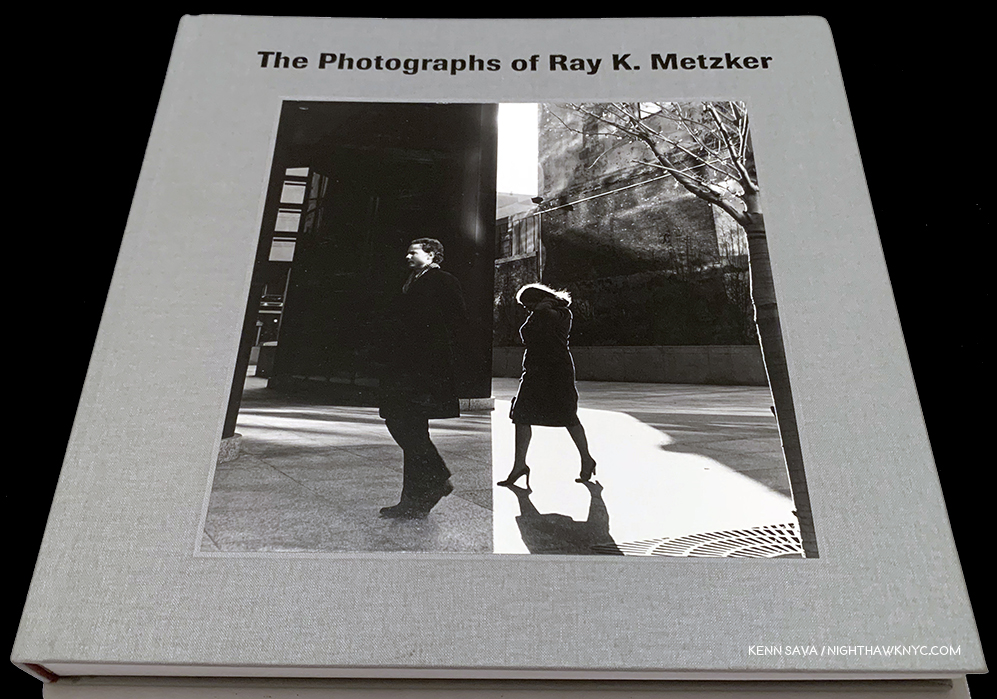Written & Photographed by Kenn Sava (*with Photos and Video by Josh Kern)
Shyness is an affliction that affects millions- around 7% of the U.S. population. For those who’ve dealt with it, it can, at times, feel like you’re living in a glass box while life in the world goes on outside. But, shyness isn’t something that only Americans suffer with, of course. Josh Kern, a college student in Dortmund, Germany was locked inside of himself by his shyness, with his writing as a means of recording his feelings and thoughts. Like these on his phone a few years back-
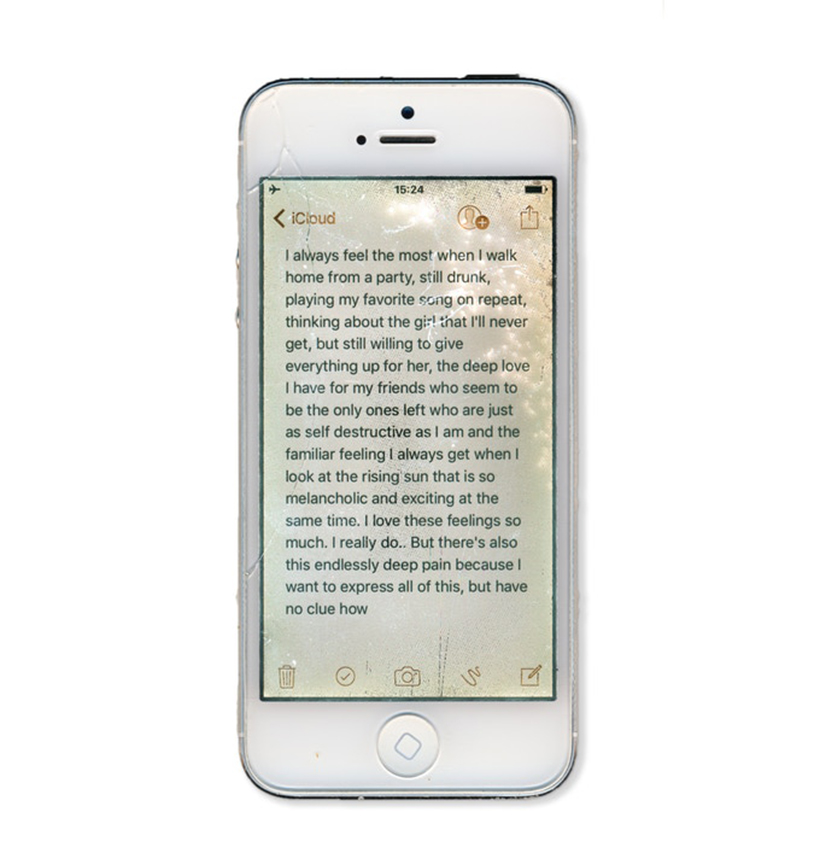
“But there’s also this endlessly deep pain because I want to express all of this, but have no clue how.” All Photos in this Post by, and courtesy of, Josh Kern from Fuck me. This one appears in the introductory pages. Click any Photo for full size.
His words record his frustration and yearning to break free. They also record the moment he did. As he recalls in the opening pages of his new, first, PhotoBook, Fuck me, “But I discovered a way to do it…I became obsessed with documenting the world around me. My camera was with me everywhere and it somehow became a part of myself. It gave me permission to not be shy and the ability to show how intense and beautiful I perceive life. I found something where I can shamelessly express what I feel, my critical view of our generation and myself and my love for life in general.”
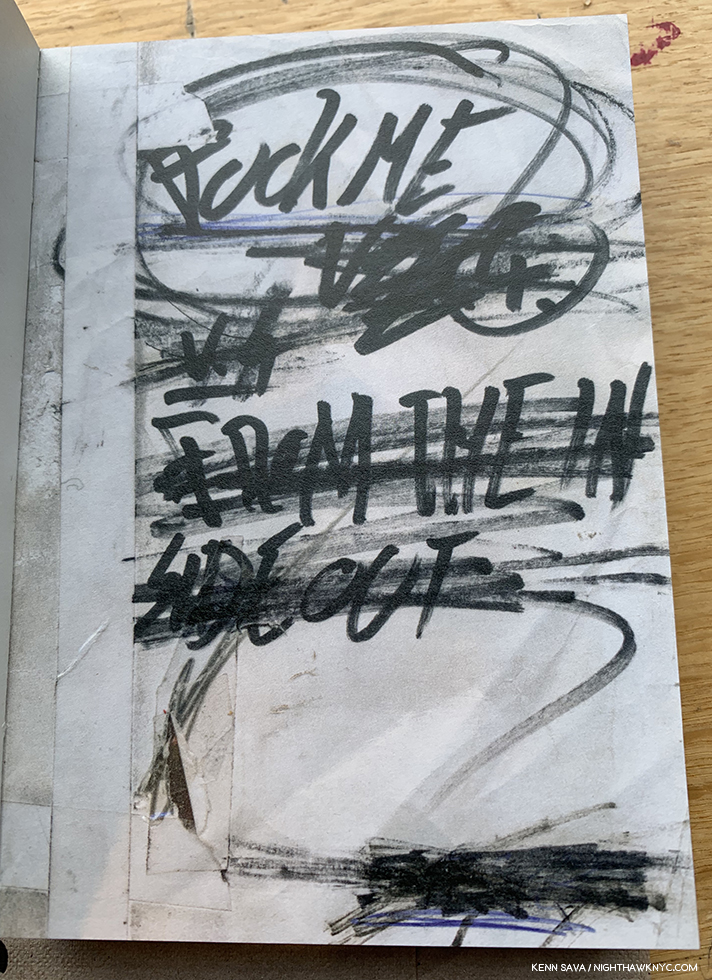
The very next page is the defacto title page, reading “Fuck me,” with “from the inside out” scratched out.
Having dealt with shyness myself, Josh’s way out of it was one that caught me by surprise. One I’ve never heard recommended.
He picked up his camera.

From then on, it went with him everywhere.
And lo and behold, seemingly as soon as he stepped out his door he found himself in a fabulously rich world of sights and incredible fleeting moments in the company of his great group of friends.
Having taken the first steps of getting out there and creating a body of Photos, he then went further. Josh compiled his work and created a book dummy of it. Then, he started a kickstarter campaign to fund its publication. 31 days later, 556 backers contributed over $20,000. towards its publication.
Personally? I find all of this utterly remarkable. That he was able to break through his shyness and discover himself in the process is an amazing achievement on its own- an invaluable real-life accomplishment that you get no “grade” for.
And then? There’s his PhotoBook.
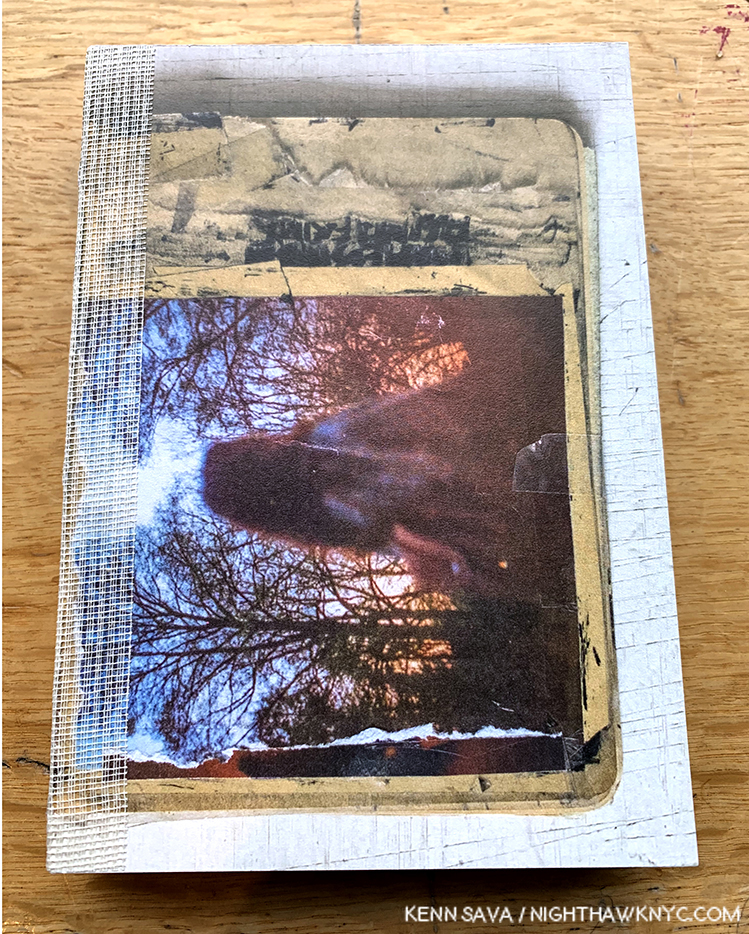
Fuck me’s covers reproduce one of Josh’s well-worn notebooks that he carries everywhere he goes, and that live his life with him. See BookMarks at the end for info about getting one.
Josh’s Fuck me was published by Calin Kruse’s Dienacht. I asked Calin how he came across Josh and this body of his work. He told me, “Through his teacher, Christoph Bangert, a great photographer himself, and an amazing person. We’ve known each other for a while, and he knows what I publish and what I like. I had a booth with my books and magazines at the Photobookfestival in Kassel. Josh was there with his school and Christoph, who encouraged him to show me his book dummy. That’s the first time I came across his project. I liked it, and I suggested some changes, but we didn’t talk about publishing the book together. This was in June, 2018. Very soon after that, Josh started a super successful kickstarter campaign to fund the printing cost, and he asked me in the middle of the campaign if I could imagine publishing it. It was released in September, 2018, so everything went very fast.”
Now, 6 months later, almost 1,200 people have just about bought out the first edition. Including me. What do I think of it? I find Josh has developed his own style, that while it reminds me of the work of Nan Goldin and Ryan McGinley is resolutely his own. Interestingly, Josh shares a skateboarding background with fellow Photographers Todd Hido, Ed Templeton and Jason Lee, among others, and we see that, and possibly some of the resulting physical damage in his book. Perhaps, it’s from the same well-spring of daring that the edge in some of this work emanates from. He has a sharp eye for the intimate moment at its most expressive, which is aided to no end by his personal knowledge of his subjects, which he’s able to communicate to the total strangers looking at his work, transmitting bits of insights into them as well. Fuck me is a book that works on a number of levels. There’s the “breaking through shyness” level- a potentially invaluable example for countless others. Then, there’s the “documenting our lives” level. More on this later. Third? There’s a level where it becomes apparent how much Josh has learned from his influences and his teachers, assimilated them, and then created his own book. For someone in his early 20s? That’s remarkable, too. Having carried it around with me for a few months, I find that it’s a book that holds together in a wonderful way, passing through peaks of adventure followed by moments of introspection and repose, a book that positively drips with compassion and love for its subjects.
Fuck me strikes me as something of a throwback- in its technology and its values. Its shot on film, and not one digital or cellular device is seen in any of its subjects hands! It opts for real life, face to face interactions, which in contrast to those that take place online, are photographable and actually worth remembering and seeing again. In the end, Fuck me is a book that is a beautiful testament to the joy and intimacy of REAL Friendship, at a time when the word “friend” has been usurped and trivialized to the point that countless millions wonder who their REAL friends are. It’s a book that creates its own world (most of the time we have no idea where the action is taking place- it simply doesn’t matter), while leaving our world with wonderful images of time and experiences shared growing and evolving, right before our eyes. that most of us only carry around in our memories.
And, ALL of this is even more remarkable when you realize that Josh Kern is STILL a college Photography student.
See for yourself. Here in this video, Josh Kern, the Filmmaker(!), introduces Josh Kern, the Photographer, and Fuck me–
Better still, I’m very pleased to say that Josh agreed to answer some questions for me, taking time from his studies, creating new work and making more history with his friends to do so.
Kenn Sava (KS)- Josh, you’ve spoken about how “Photography gave me permission to not be shy and the ability to express myself which completely changed my life. If I can only inspire one person to do the same- I’m happy.” I’m curious how it happened. A number of the Photographers I’ve spoken with speak of it as a “solitary” craft, which would seem to reinforce shyness. Could you elaborate on how it gave you permission, how you were able to use it that led up to your breakthrough?
Josh Kern (JK)- My whole life, there have always been a few artists, who made me feel less alone. Whenever I felt like I don’t belong here, I turned to their work and biographies and although, most of them are dead, I immediately felt connected. It was like I had an anonymous club of misfits that only existed in my head. It made me believe that in this very moment there must be thousands of other people feeling the exact same things as I do.
When it came to creating my own art, I somehow tried to turn it around. I always felt everything so intensely and I had the desire to share it, but at the same time I was afraid what the people in my life would think about it. If someone would reject my work, that would mean that they would reject my true self, who I really am – and that would hurt a lot.
But I did it anyway and it was completely liberating because I felt like the people around me could finally see me and I don’t have to pretend anymore. It probably doesn’t seem like a big deal to you, but for me it was everything. I started to believe that connection is only possible through vulnerability.
KS- On your site, you list quite a few of your friends who are artists and creative people. Did they, or others, help you, or was it something you had to do yourself?
JK- I would never have had the courage to share my work to this extent without the support of my friends. It was like, even if everyone hates me tomorrow, I still have them by my side to love, create and express ourselves how we want to. I always decline the common idea of the “lonely artist“ and I believe that every great work comes out of a close group of people who support each other, give feedback and exchange ideas.
KS- Was there a moment when you went from being a causal photographer to taking it more seriously? (If it’s not related- When did the body of work that became Fuck me start?)
JK- No, actually not. I just started taking pictures and since then my love for it increases day by day.
Also, I’m very careful to take my work seriously. I’m not sure how to explain it but I just love when an artist calls themselves an “amateur“ because to me it means he or she sees themself as an enthusiast who creates out of pure love and joy for the act of creating and not for fame or career.
KS- It seems like it would be hard for a shy person to take the next step to turn this body of work into a book, to reach out to the world for funding, as you did. Yet, you sound confident when I read things from that time. It sounds like substantial growth had occurred by that point. Can you speak about how were you able to do it?
JK- It all started in a seminar in the university. I slowly started to show pictures and notebook scans and because of the lovely support of my fellow students and my professor, I found the confidence to show more and more. But I had never really overcome my shyness when it came to people reading my writing while I’m in the same room. So we somehow came up with the agreement that no one reads my words and just looks at the scans as a picture, for editing. I always had in mind that publishing it is something that I will deal with in the future and when the day comes I will just close my eyes and hope for the best.
That’s probably also the reason why I sound confident in my writing – although I’m not – because I always tell myself that right now I’m only writing for myself and no one’s ever going to see it. I somehow treat the thought about sharing it or not as something completely separate that I will deal with in the far future. I’m even doing this right now. It’s funny how we can trick our mind.
But don’t get me wrong, it was still one of the scariest things to do. It will forever be frightening to open myself up. But to be honest, I don’t even want it to be easy, only interesting and as an opportunity to grow. I guess that’s what all this is about for me.
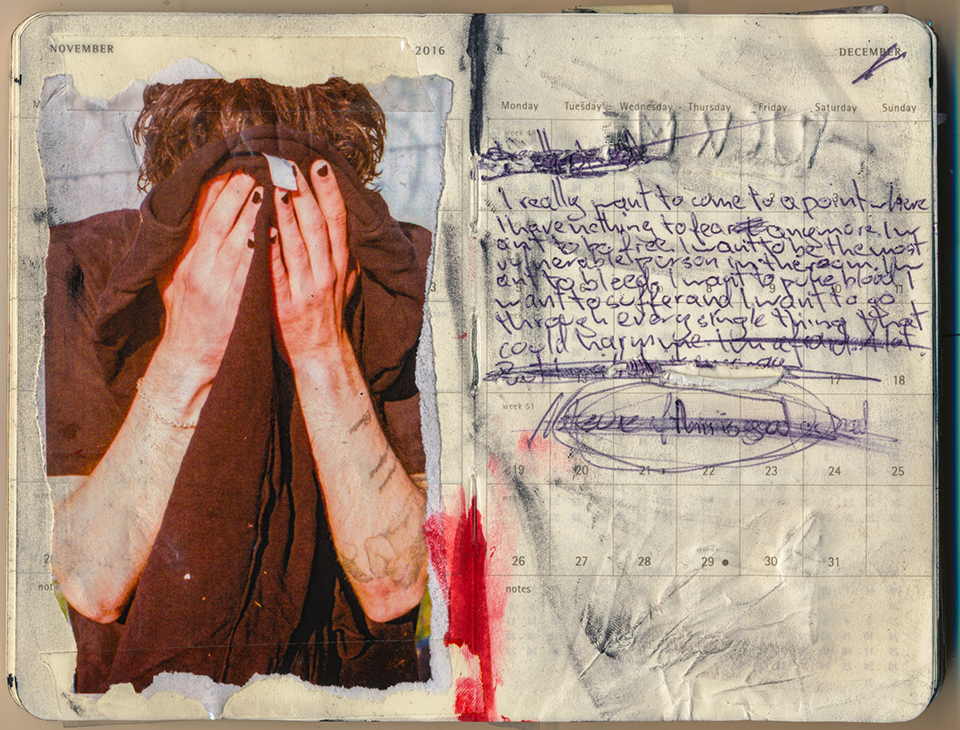
“I really want to come to the point where I have nothing to fear anymore. I want to be free. I want to be the most vulnerable person in the room. I want to bleed. I want to puke blood. I want to suffer and I want to go through every single thing that could harm me.”
KS- In the book it appears you are shooting your Friends and people you know a bit. Are you able to shoot strangers, or would that be another step?
JK- I only tend to photograph very good friends. Probably because they are used being photographed all the time and because of that they act natural in my presence.
Also, most of the time I’m very, very nervous around people I don’t really know and because of that I have a hard time focusing on taking pictures.
Shooting strangers would be definitely something different, but I’m working on myself and would love to try out new things.
KS- It seems you have a remarkably open and camera friendly group of Friends. Did you get any push back, any “Don’t take a Photo of this!” from them?
JK- Yes, they are amazingly open and I feel very, very lucky because of that.
It’s really important to me that if someone doesn’t want a picture to be published, I simply don’t and keep it only for us. Probably because they know this fact, they trust me and don’t really care what I’m doing with my camera and I’m completely free to photograph whatever I want.
KS- What are you own rules for what not to shoot?
JK-This is an uncomfortable question because sometimes I feel like I’m an asshole when it comes to this point. But when someone gets hurt and/or needs my help, I put my camera down, although I have to admit that these situations are mostly the shots that I admire the most.
Also, I always have to remind myself to enjoy the time with my friends because it happens that I only see them through my camera, as a story, and it feels like I forget to really live my life and to be present with them.. which is tricky because I feel that I’m the most happy and fulfilled by living my life through my camera.
KS- What was the reaction of the Friends you photographed when they saw the book?
JK- Since they already knew every photo in it and I asked most of them to help me editing and to look through a new dummy every few days, it wasn’t a surprise to them. But they were all really proud of how it came out, which made me very happy.
KS- We see your iPhone in the book. Can we see a photo of your camera now? I’m curious what it looks like after having been through all of these adventures.
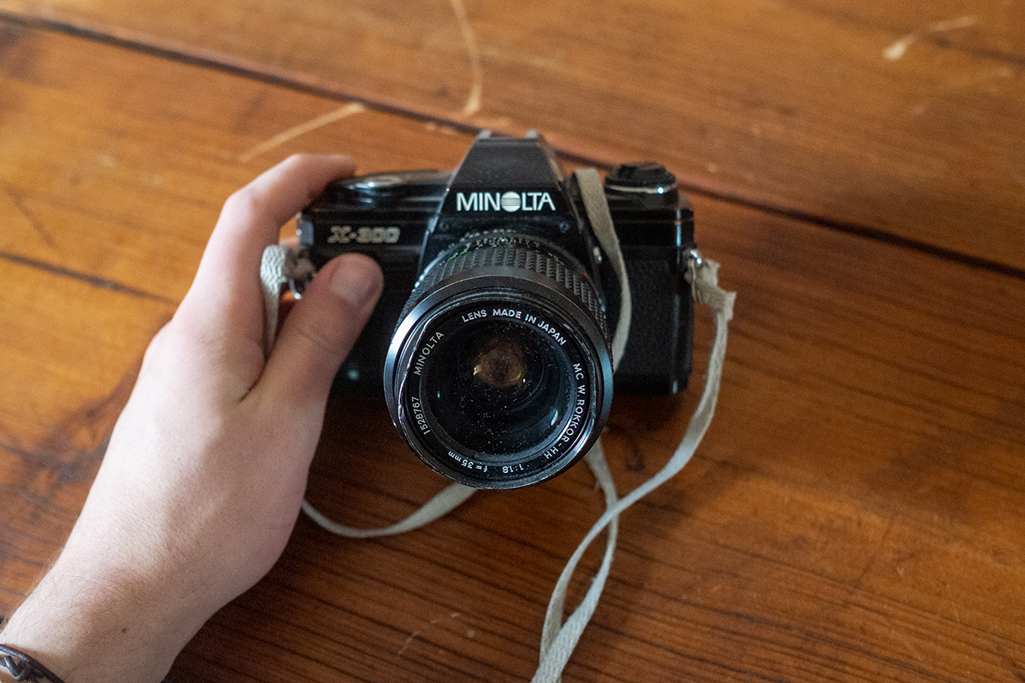
Josh sent this great shot of his Minolta X-300 in response to my request. March, 2019. I’m so glad I asked for it.
JK- I’m really good at destroying my cameras and I always bought a used Minolta for like 20 Euros on eBay every few months again.
I recently got a Nikon FM because I wanted something that lasts a bit longer, but I miss my Minolta and I’m planning on getting one again.
KS- You’ve mentioned a very wide range of influences from Petra Collins to Ryan McGinley to Luc Delahaye and Jim Goldberg, among Photographers, as well as films, and books. Who’s been influencing you more lately (since Fuck me)?
JK- Somehow I cant get off the book Winterreise by Luc Delahaye, which also inspired Fuck Me very much.
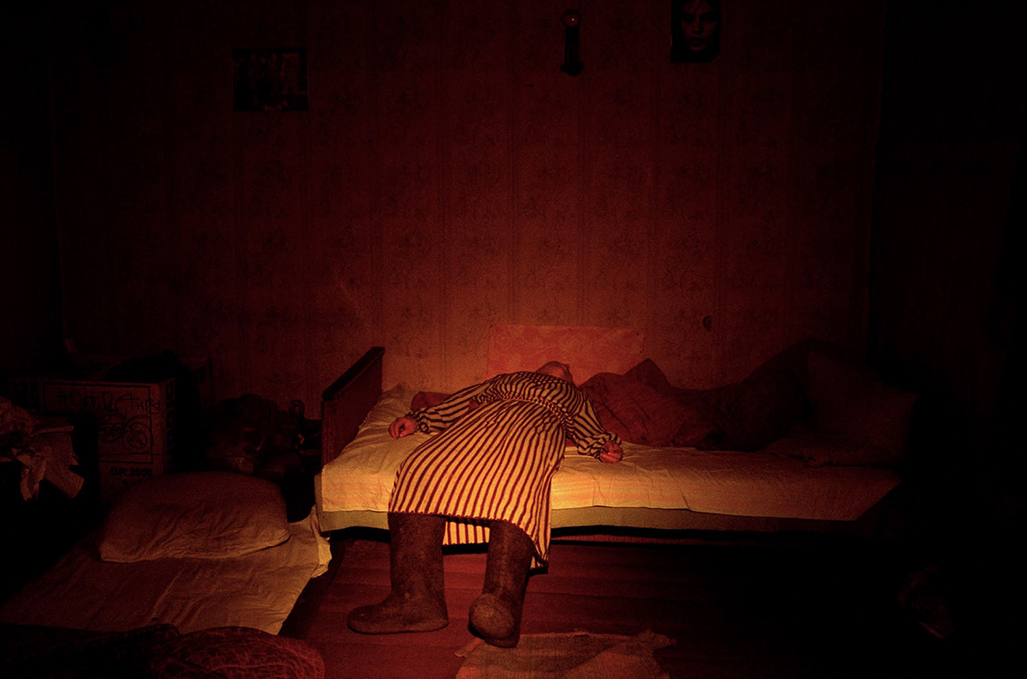
From Winterreise by Luc Delahaye. I know that my many Russian readers and friends take issue with the way Mr. Delahaye and other Western Photographers show their country. I understand and respect they feel that way. I’ve never been there. Still? I agree with Josh about Winterrieise, and I find it to be one of the exceptional PhotoBooks of this young century. Though only published in 2003, I see its influnence in so many books being released today.
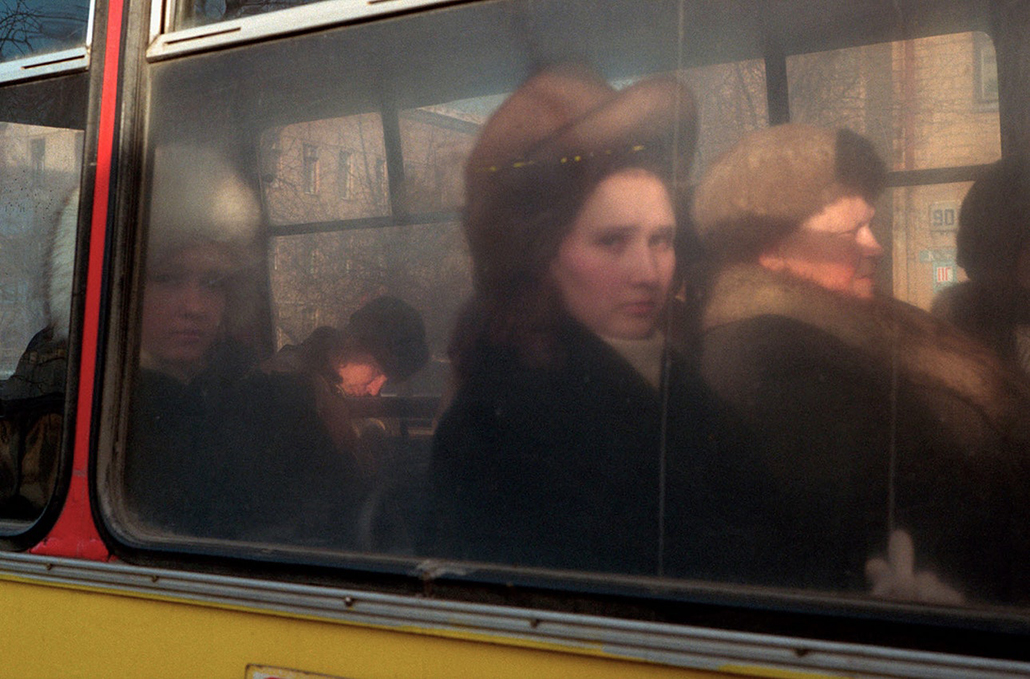
Also from Winterreise by Luc Delahaye. Along with the pathos, I find quite a bit of beauty in what Mr. Delahaye depicts, and of course, in his work.
I discovered it almost a year ago and still to this day, I take it with me on every trip and flip through it almost every day. The same goes for Hermann Hesse. My love and affection for him increases every time I reread his books and letters.
There’s something about these two artists that I cant put into words. It’s like they sacrifice themselves and their whole being only in order to create. They would die for their work – probably not, but thats what it feels like to me.
I’m really missing this mentality in a lot of people today. Somehow I feel like everyone is afraid to take themselves or their work seriously.
I don’t want to sound too negative, there are still so many great artists out there, but somehow I cant find anyone that keeps up with these two. At least for me right now.
KS- How about Painters? Are there any who’s work has spoken to you, earlier or now?
JK- Although I really admire the art of painting and some of my friends are painters, I never really got into it. But from what I have seen I really like the work of Malcolm T. Liepke.
KS- What do you listen to?
JK- Lately I’m a bit lost when it comes to music. But I will forever stick to Car Seat Headrest, The Strokes, The Cure, The Modern Lovers, Velvet Underground, Wolf Alice and Sonic Youth.
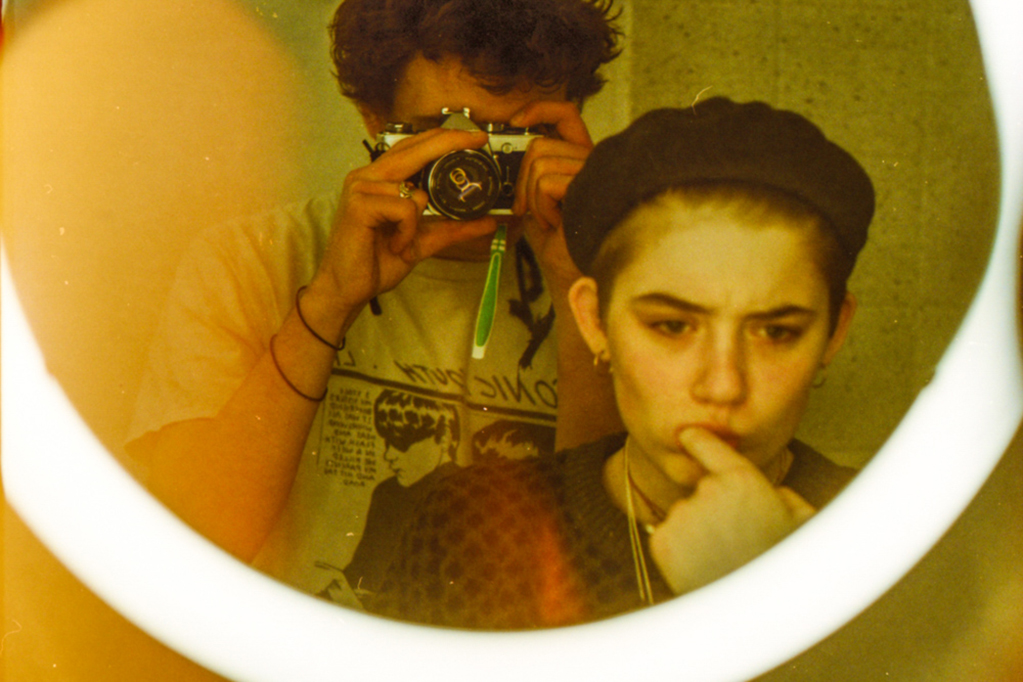
Josh Kern, in his Raymond Pettibon designed Sonic Youth Goo cover T, doesn’t let brushing his teeth keep him from getting the shot. He wrote this about this Photo- “A Saturday night. We were beaten up by two or three guys and ended up at my place, where I took this photograph. It’s funny, but you’d never imagine that Naomi is the kind of girl who won’t let people get away with saying shit. She is though.”
KS- You’ve talked about going in a different direction with your second book. Very exciting! Can you give us any hints what it might be like, or how it’s “different?”
JK-Ah, yes, haha. Somehow I have a new idea about how I want it to be every day anew. At first, I wanted to dedicate the book to my younger self, with notes in it about what I wish I had known a few years back. Then, I wanted it to be more like a novel, with writing and a story.. and now, I’m back at the classic photobook, with no notes and writing at all. I have no idea what I will come up with next. I just take photographs and create journal like before, make a lot of dummies and try things out. And I’m in love with it. Making books is by far my favorite thing to do.
KS- How do you feel about school now? Has it been worth it for you, or do you feel you’ve learned mostly on your own by getting out there and creating?
JK- I’m so grateful for studying photography! Not really about the stuff we learn in classes, but more about the people I got to know. Theres no other place in the world where you meet so many people who are as passionate about photography as you are. Also, I had a teacher, Christoph Bangert, who inspired and motivated me like crazy and somehow gave me the courage to publish my book. It would have never happened without him and I would have never met him without the university.
KS- From where you are now, what would you say to someone who is where you were, struggling with their shyness?
JK- I can only speak for myself, but finding something that you love and then overcoming the fear of sharing your excitement is everything to me. It’s so important to be in love and to stand up for something you truly believe in, no matter what it is. Your problems probably won’t disappear because of that, but it will make all this suffering seem like it has its purpose. In the end, you just need something that’s worth being made fun of.
Q&A Ends———
I was talking to a photographer friend, one of my old drinking buddies, the other day about Josh’s book. I said to him-“Hey, why don’t we have photos of our old days hanging out making history? Ours took place in some of the same places Patti Smith hung out in in Just Kids. We don’t have the photos, we don’t have the book.”
But Josh Kern does.
In 10 or 20 years, his friends are going to be very glad he took these pictures.
In the meantime, I share Josh’s hope that his work will inspire someone else to break out and break through.
BookMarks-
Update- July, 2019- Fuck me is now sold out and out of print at the publisher. As far as I know, these are the only new copies available for sale anywhere. They’re being offered while they last, subject unsold.
Because I know readers are going to ask, “Ok. Where can I get a copy?” The answer is that as I write this, Fuck me isn’t available anywhere in the USA (as far as I know). So, I went ahead and bought some extra copies and I am very excited to make them available to my readers- something I’ve never done in the 3 1/2 years of NHNYC.
Here are the particulars-
Fuck me by Josh Kern
-196 pages
-4.13 x 6 inches (10.5 x 15 cm)
-Offset printing, in full color throughout.
-First edition/first printing, Published by Dienacht, 2018
-Softcover with open stitch binding.
-And no- There is no sex or nudity in it.
A few others- As Josh said, Luc Delahaye’s Winterreise is a book I, also, recommend. It’s out of print, but copies in very good condition still trade reasonably in hard or softcover. While it’s somewhat overlooked among recent PhotoBooks by the general public, it’s not by other Photographers, including Josh, and this one.
Dan Eldon was a multi-talented Artist/Photographer/Journalist/Humanitarian who was tragically killed in Somalia at the age of 22 while doing his job as a PhotoJournalist for Reuters. When I first saw Josh’s book, I immediately wondered what Dan Eldon might have thought of it. I asked Josh in a follow-up what he thought of Dan Eldon’s work and he said “Dan is definitely on my list.” Dan Eldon created Journals that combined his writing, Photography, ephemera and just about anything into amazingly unique works that have been published since his death. Dan’s The Journey Is the Destination, Revised Edition: The Journals of Dan Eldonis another classic, in my view, that gets far too little attention. He was an extraordinary man, who lived an extraordinary life that everyone else’s would be enriched by knowing about. As Josh eloquently put it above- Dan Eldon was killed creating his work. Far, far too early.
Regarding Josh’s fave bands, for lovers of NYC’s own The Strokes, check out Julian Casablancas & The Voidz’ album, Tyranny, if you haven’t heard it, which I think is just terrific. One of Mr. Casablancas’s big influences happens to be the band I picked for the Soundtrack for this Post…
*- Soundtrack for this Post is “Break On Through (To The Other Side),” by The Doors, the first single released from their first album in 1967, speaking of debuts…
My thanks to Calin Kruse and Josh Kern.
NighthawkNYC.com has been entirely self-funded and ad-free for over 6 years, during which over 250 full length pieces have been published. If you’ve found it worthwhile, you can donate to keep it going & ad-free below. Thank you!
Written & photographed by Kenn Sava for nighthawknyc.com unless otherwise credited.
To send comments, thoughts, feedback or propositions click here.
Click the white box on the upper right for the archives or to search them.
For “short takes” and additional pictures, follow @nighthawk_nyc on Instagram.
Subscribe to be notified of new Posts below. Your information will be used for no other purpose.



